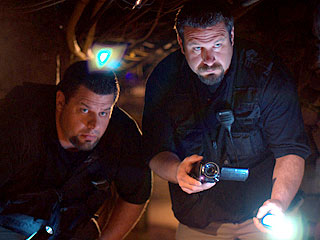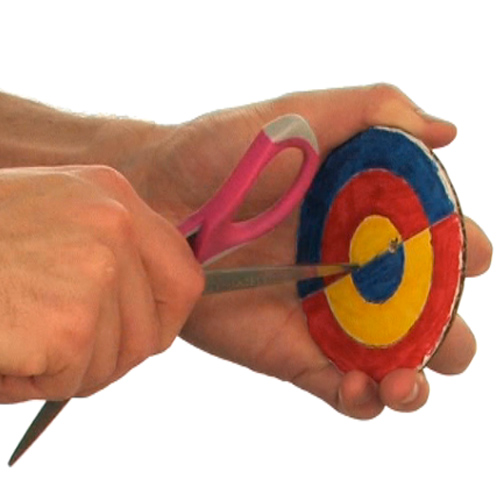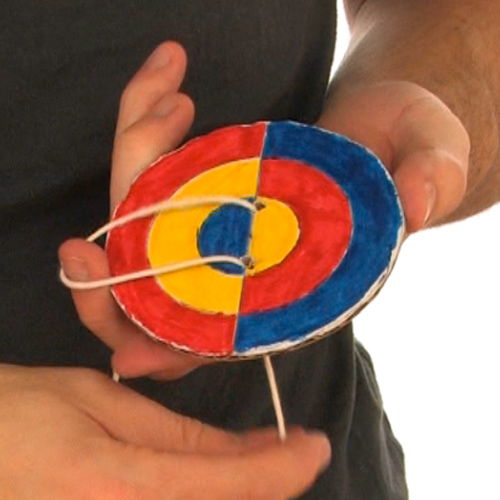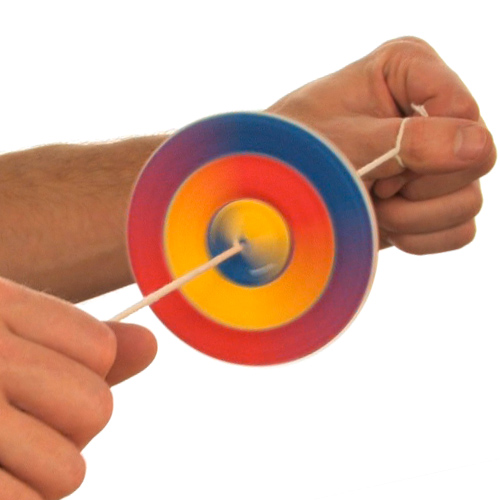The end of the space shuttle program does not mean the end of NASA, or even of NASA sending humans into space. NASA has a robust program of exploration, technology development and scientific research that will last for years to come. Here is what's next for NASA: Exploration
NASA is designing and building the capabilities to send humans to explore the solar system, working toward a goal of landing humans on Mars. We will build the Multi-Purpose Crew Vehicle, based on the design for the Orion capsule, with a capacity to take four astronauts on 21-day missions.
We will soon announce the design for the heavy-lift Space Launch System that will carry us out of low Earth orbit. We are developing the technologies we will need for human exploration of the solar system, including solar electric propulsion, refueling depots in orbit, radiation protection and high-reliability life support systems.
International Space Station
The International Space Station is the centerpiece of our human spaceflight activities in low Earth orbit. The ISS is fully staffed with a crew of six, and American astronauts will continue to live and work there in space 24 hours a day, 365 days a year. Part of the U.S. portion of the station has been designated as a national laboratory, and NASA is committed to using this unique resource for scientific research.
The ISS is a test bed for exploration technologies such as autonomous refueling of spacecraft, advanced life support systems and human/robotic interfaces. Commercial companies are well on their way to providing cargo and crew flights to the ISS, allowing NASA to focus its attention on the next steps into our solar system.
Aeronautics
NASA is researching ways to design and build aircraft that are safer, more fuel-efficient, quieter, and environmentally responsible. We are also working to create traffic management systems that are safer, more efficient and more flexible. We are developing technologies that improve routing during flights and enable aircraft to climb to and descend from their cruising altitude without interruption.
We believe it is possible to build an aircraft that uses less fuel, gives off fewer emissions, and is quieter, and we are working on the technologies to create that aircraft. NASA is also part of the government team that is working to develop the Next Generation Air Transportation System, or NextGen, to be in place by the year 2025. We will continue to validate new, complex aircraft and air traffic control systems to ensure that they meet extremely high safety levels.
Science
NASA is conducting an unprecedented array of missions that will seek new knowledge and understanding of Earth, the solar system and the universe. On July 16, the Dawn spacecraft begins a year-long visit to the large asteroid Vesta to help us understand the earliest chapter of our solar system's history. In August, the Juno spacecraft will launch to investigate Jupiter's origins, structure, and atmosphere. The September launch of the National Polar-orbiting Operational Environmental Satellite System Preparatory Project is a critical first step in building a next-generation Earth-monitoring satellite system.
 |
|
NASA returns to the moon to study the moon's gravity field and determine the structure of the lunar interior with the October launch of GRAIL. In November, we launch the Mars Science Laboratory named Curiosity on its journey to Mars to look for evidence of microbial life on the red planet. And in February 2012, we will launch the Nuclear Spectroscopic Telescope Array to search for black holes, map supernova explosions, and study the most extreme active galaxies.
source: http://www.nasa.gov/about/whats_next.html


















